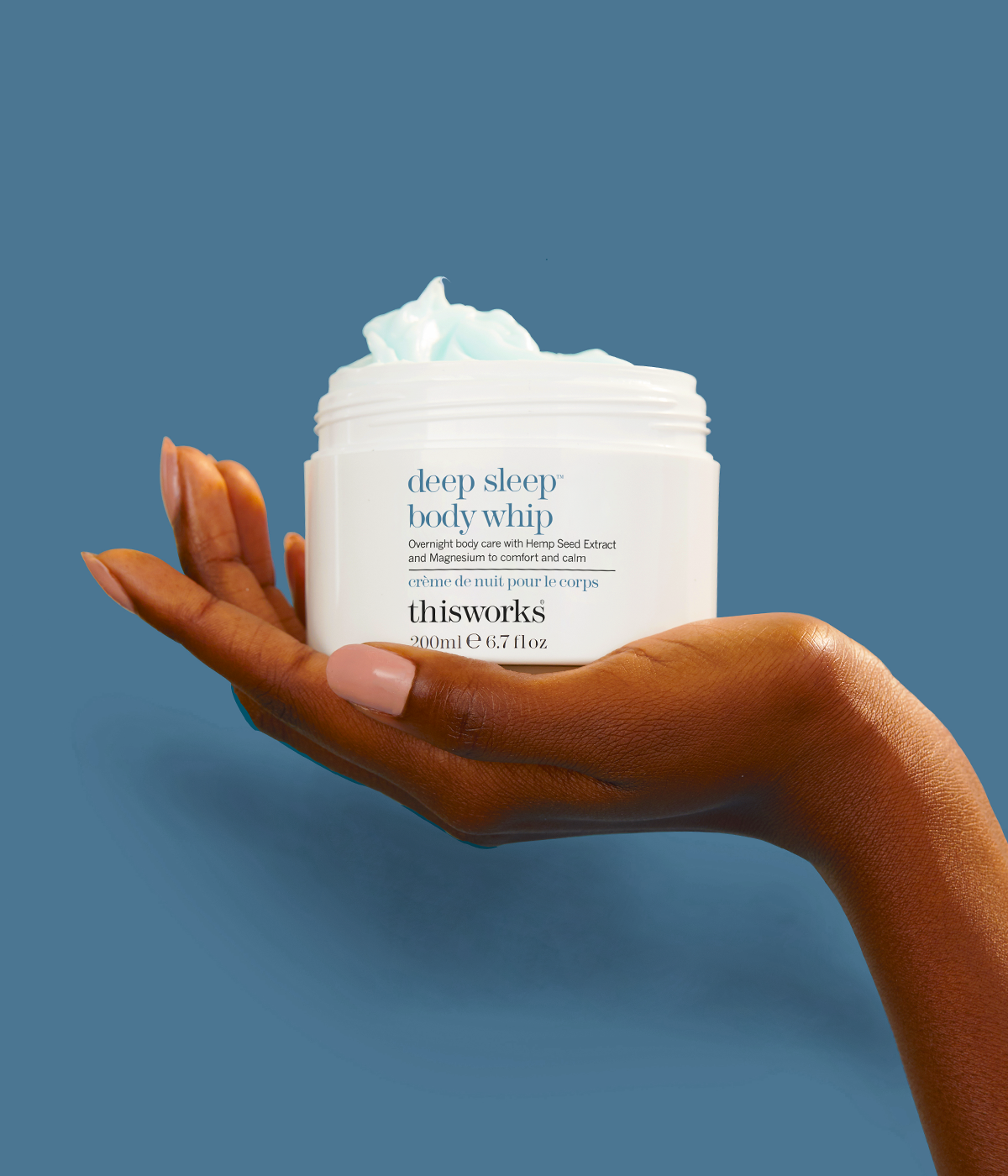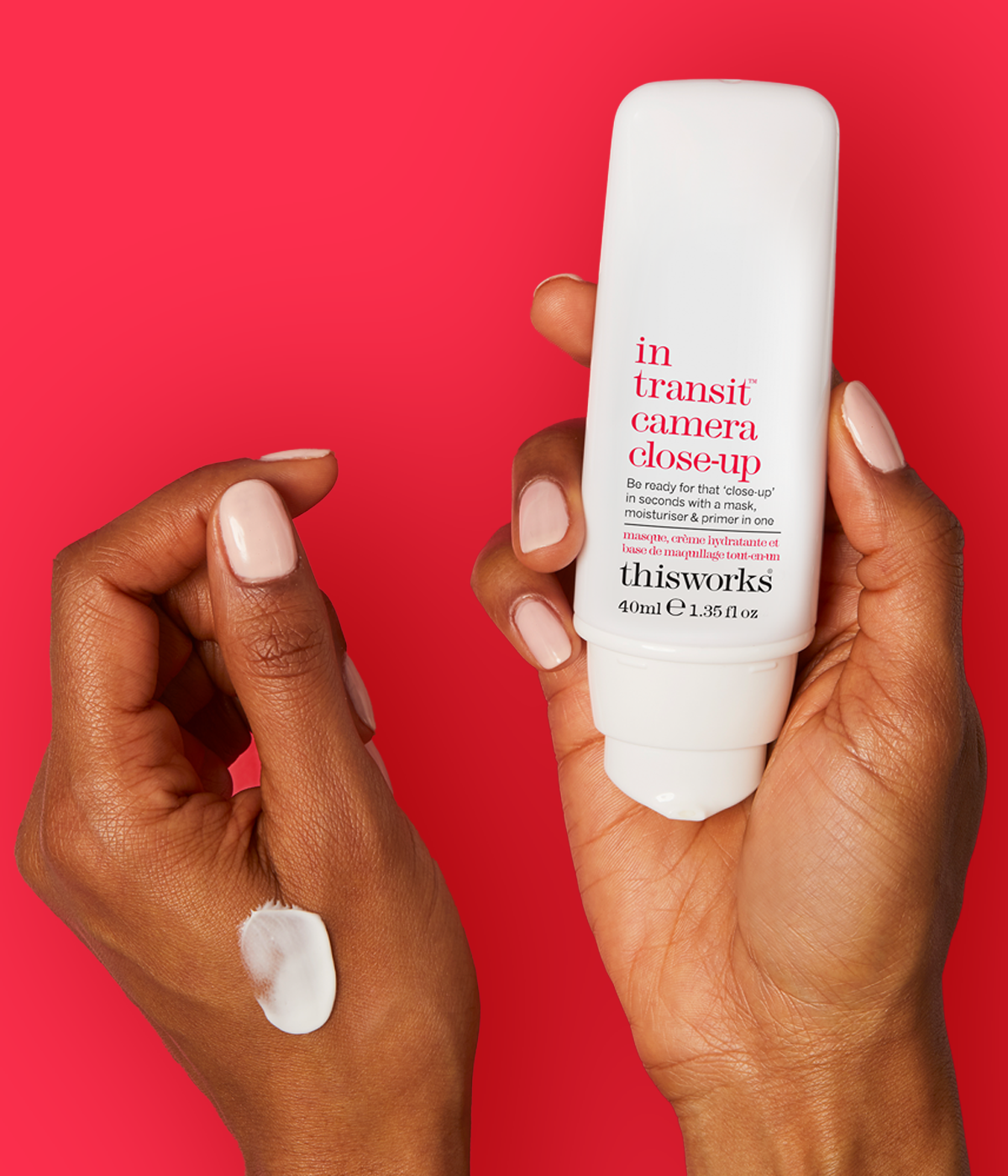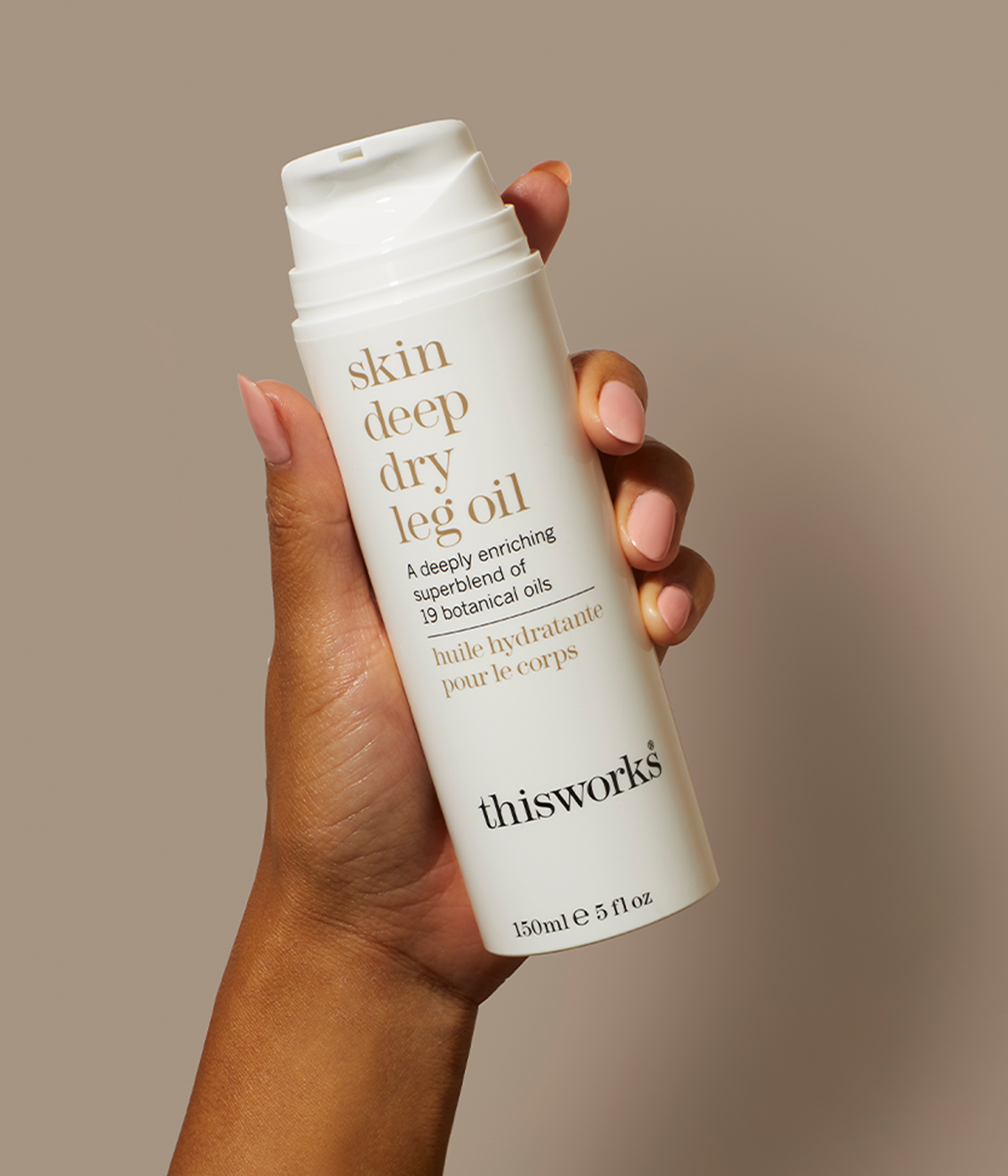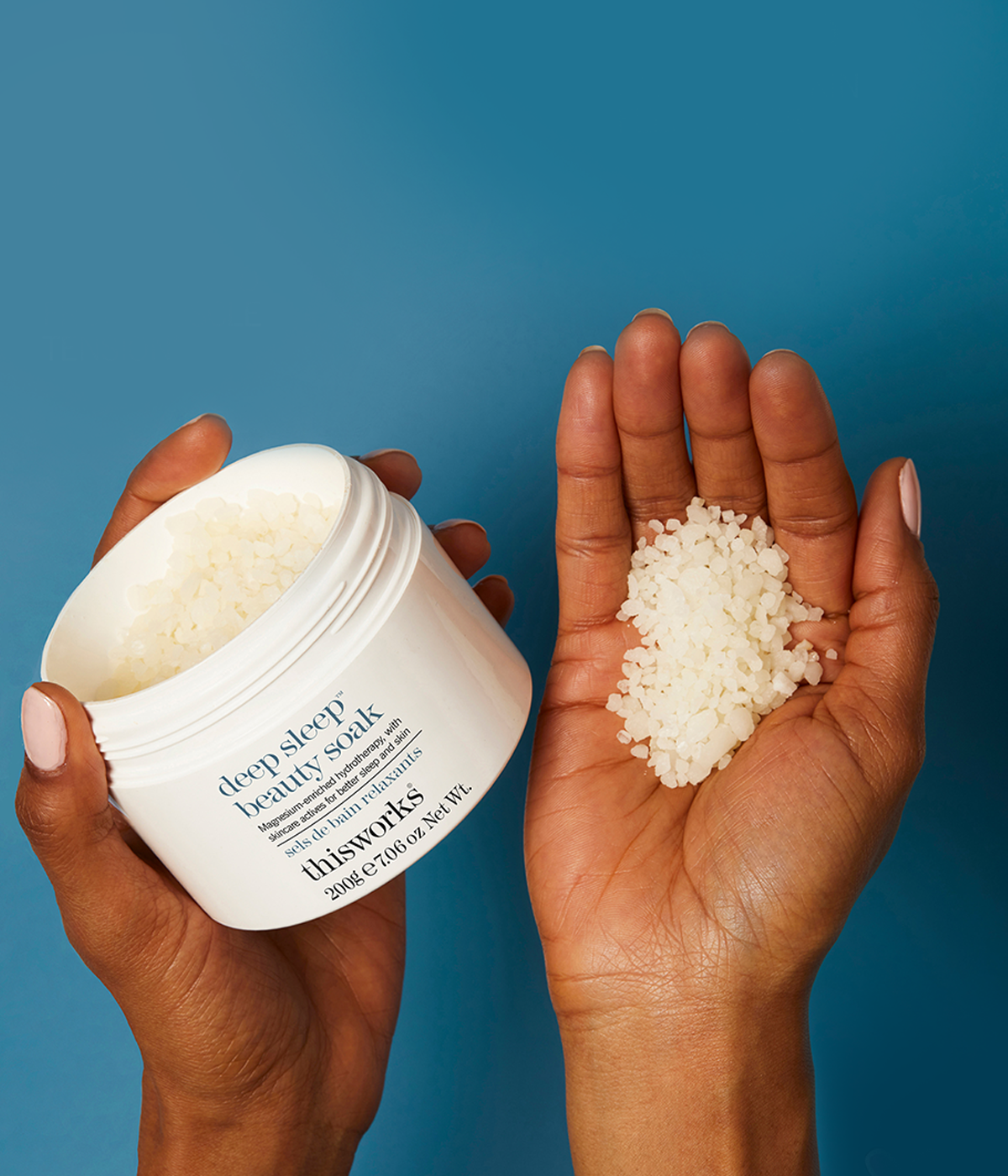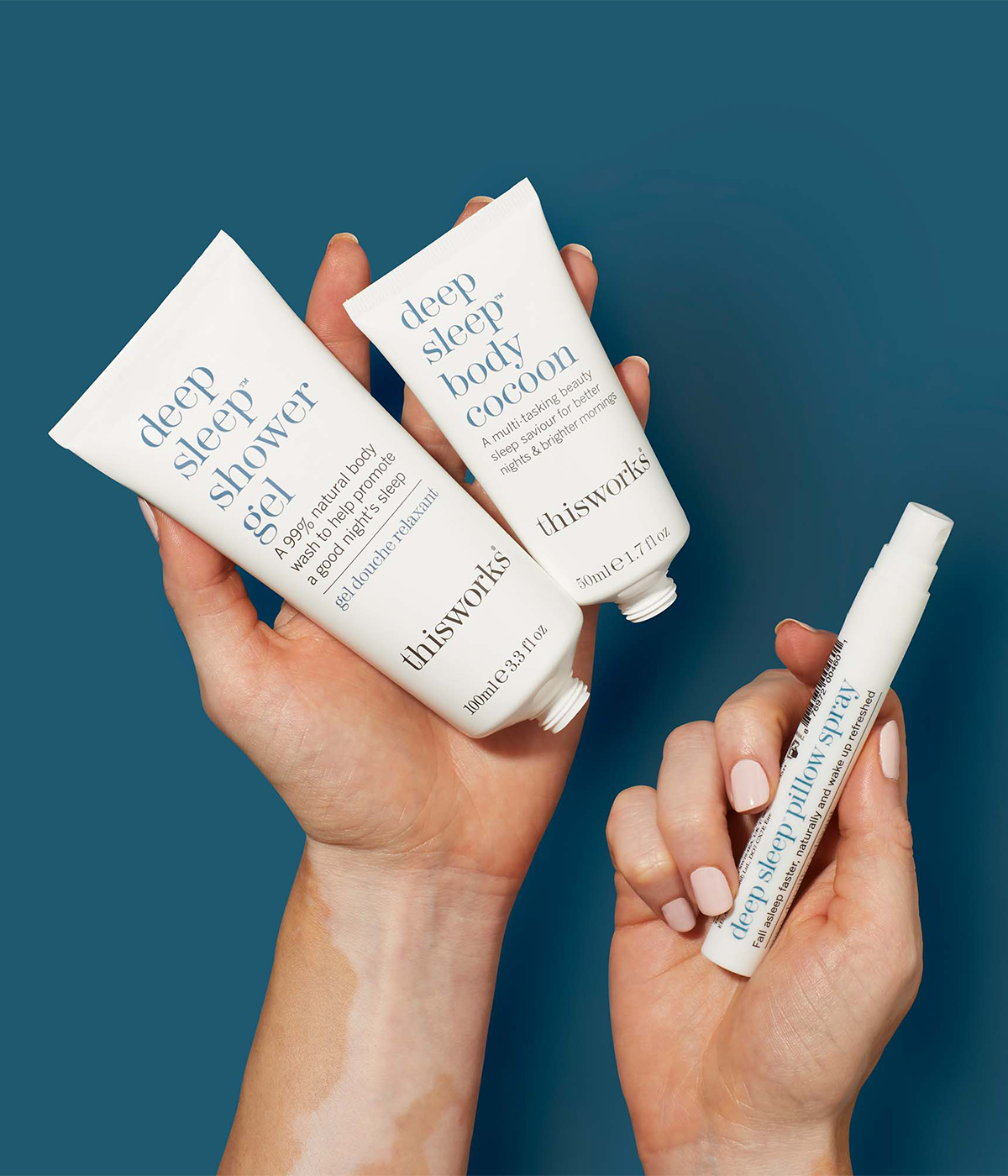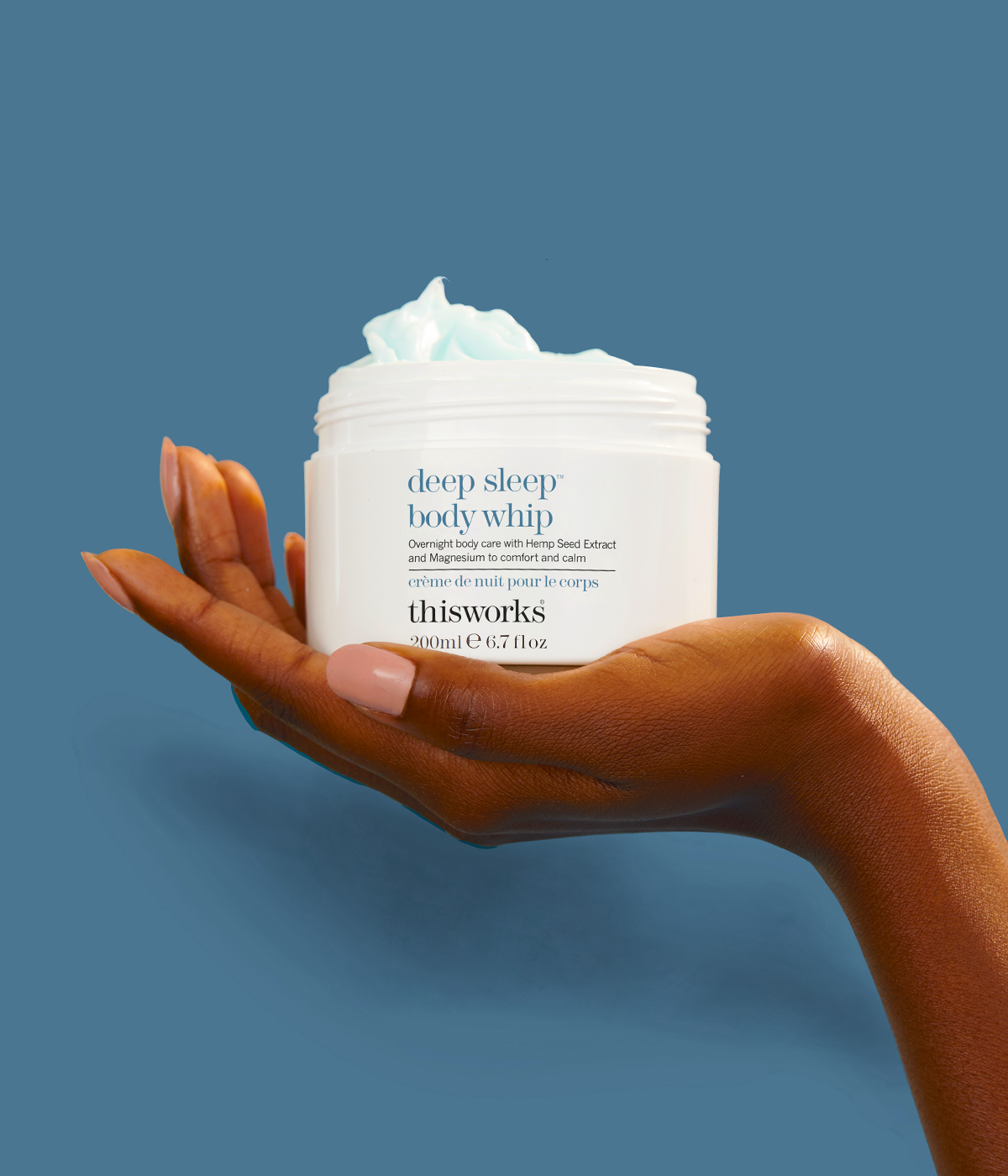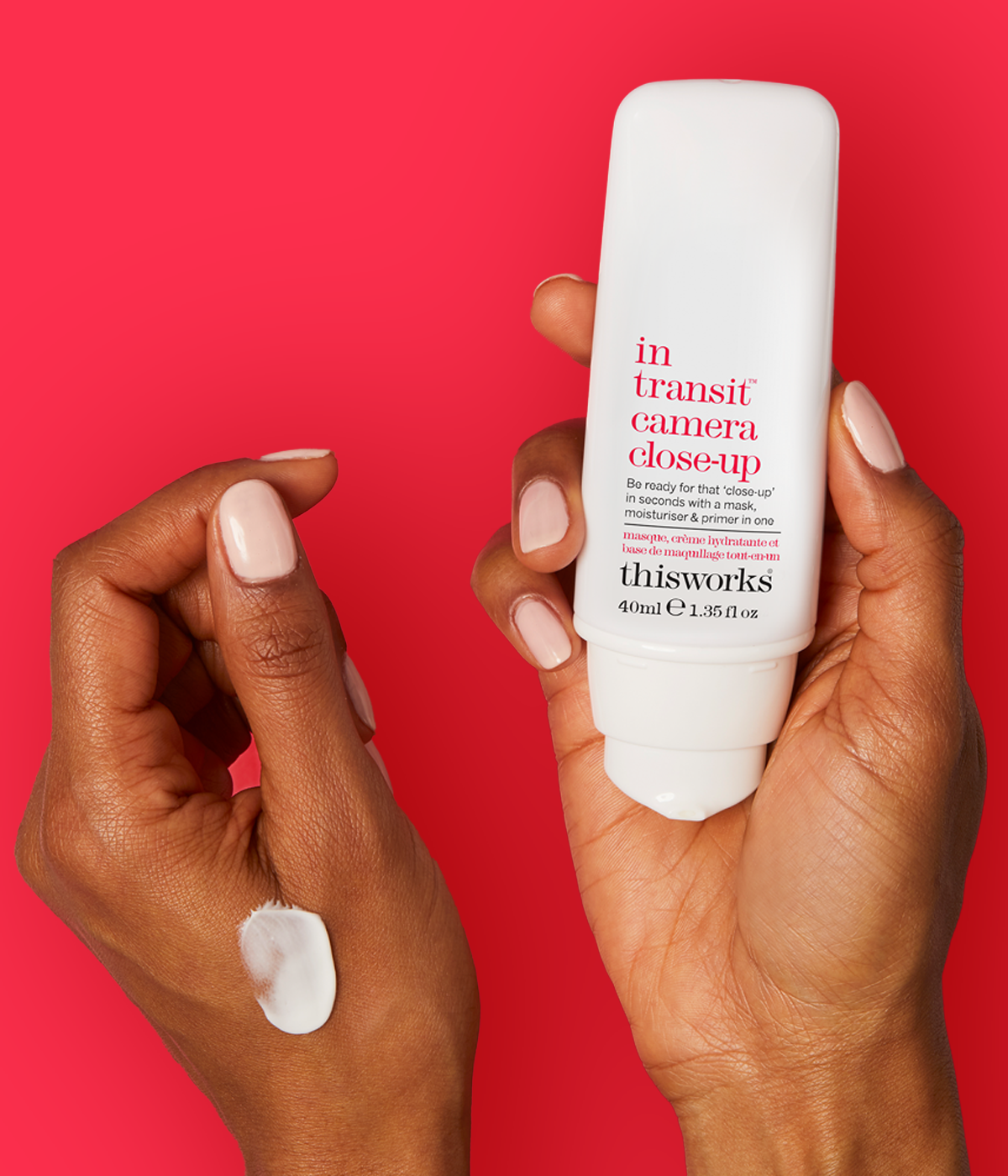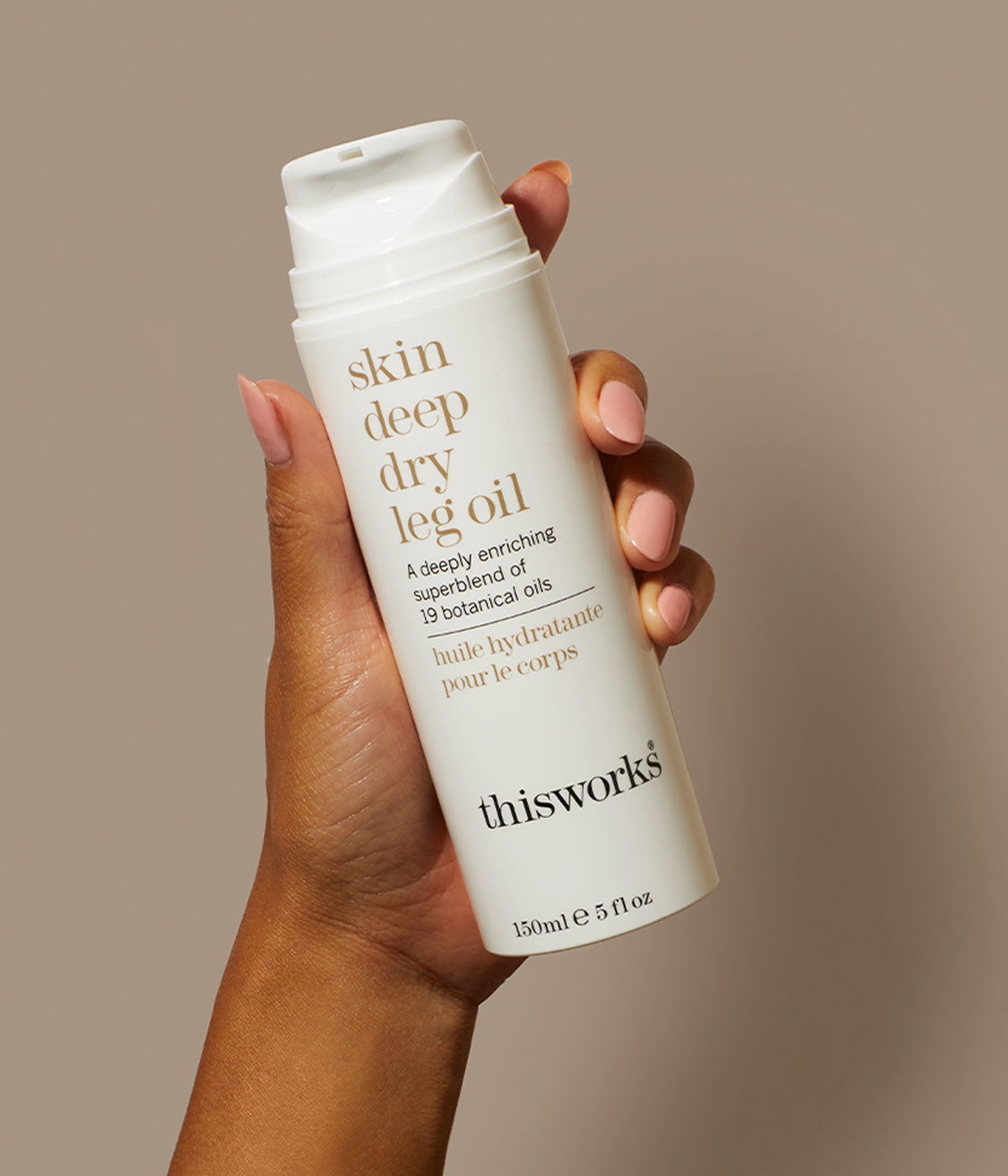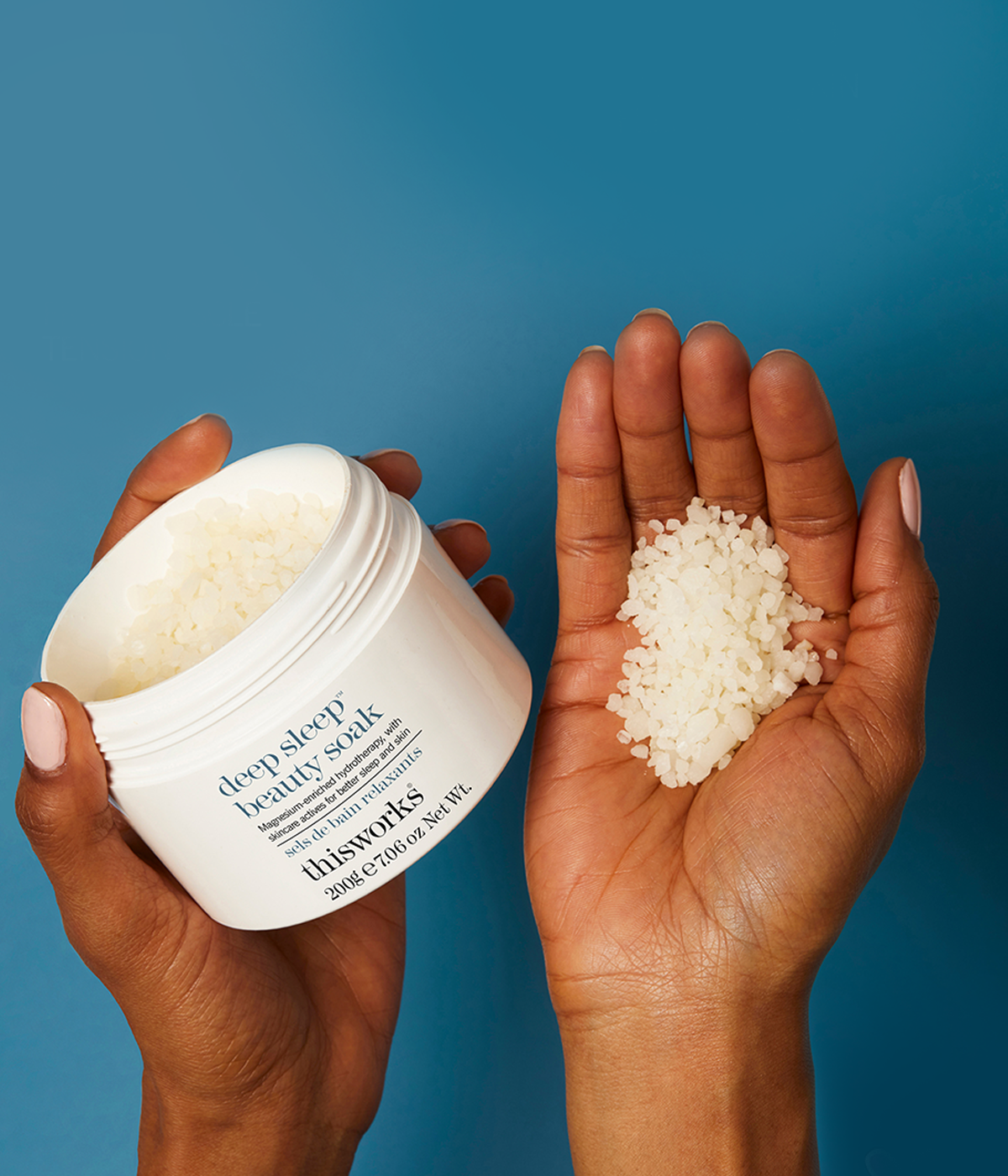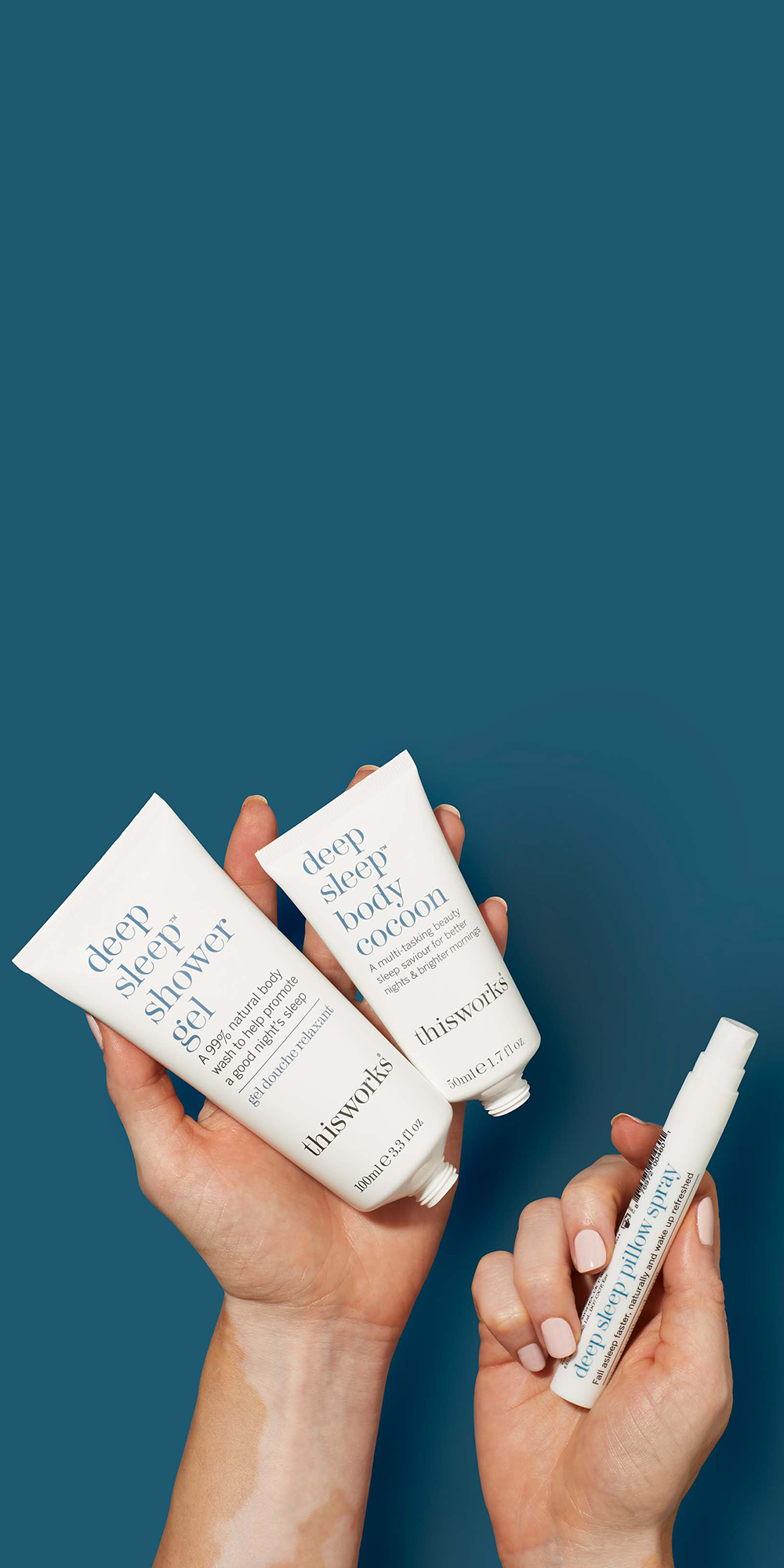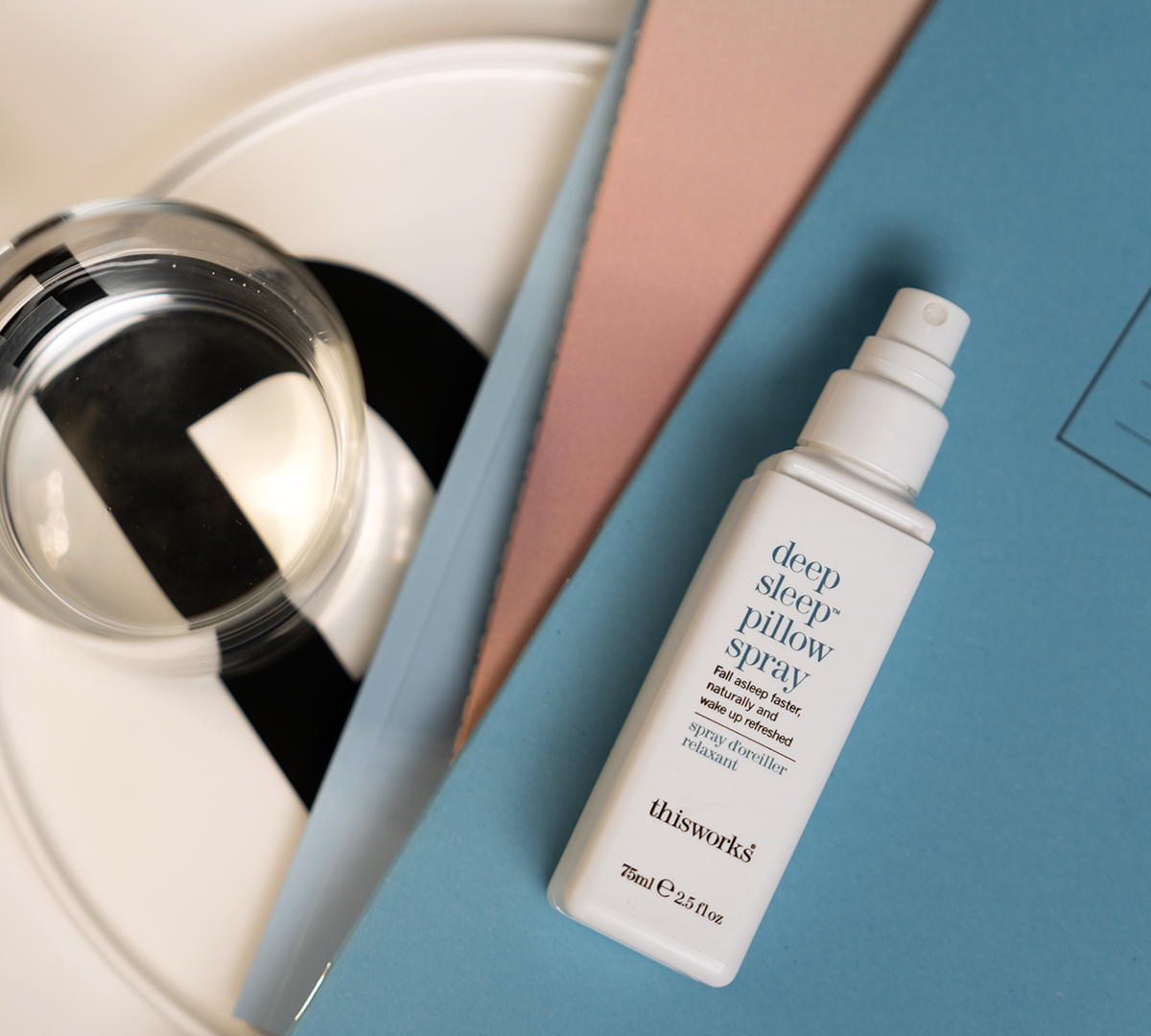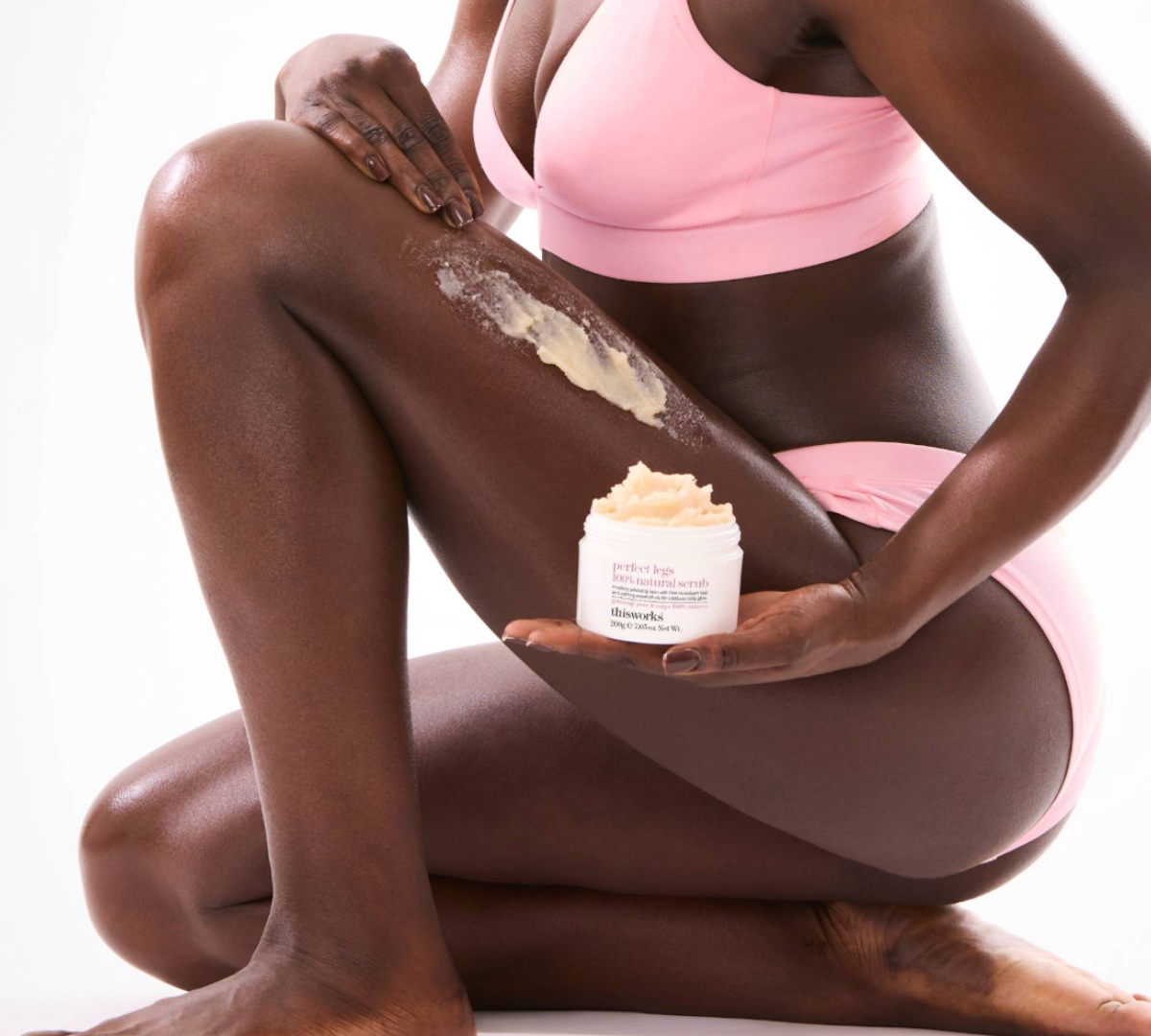terpene science & layering
Cosmetic Scientist and This Works NPD Director, Fraser Fergie, dives into the science and studies behind the essential oils used in our Functional Fragrance blends.

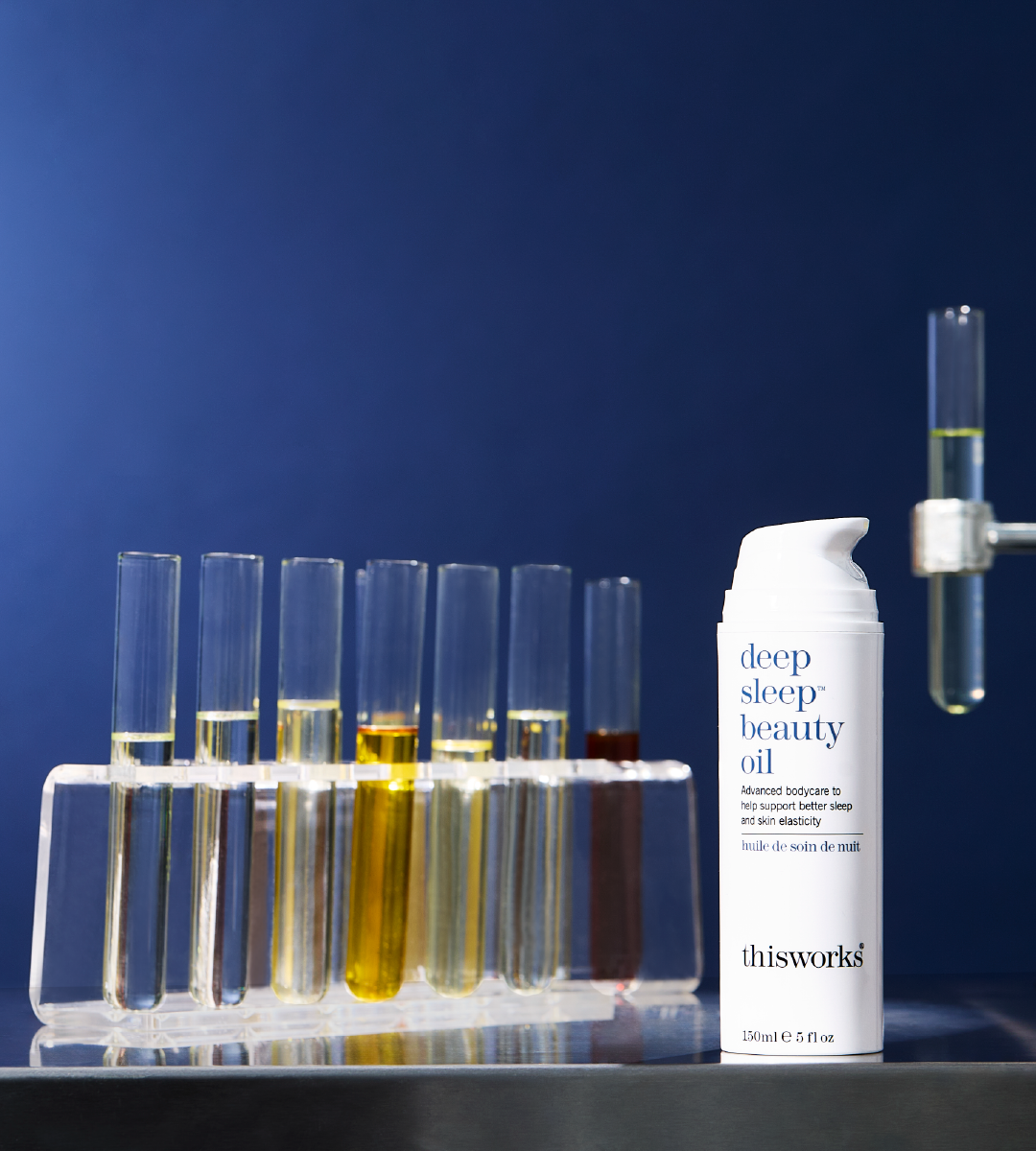
what are terpenes?
Before we look at how each essential oils work, it's important to understand what they are made up of. Essential oils contain terpenes and sesquiterpenes, which are a large and diverse class of organic natural chemicals found in many plants. They contribute to how plants smell, taste, their colour and the effects they have on the body when you apply, inhale or eat them.
Lavender
Lavender oil is popular for its calming, anxiety-relieving properties and gorgeous smell. It is rich in monoterpenes, especially linalool and linalyl acetate. Monoterpene alcohols and esters like this cross into the nervous system through inhalation, sending signals to neurotransmitters. Linalool is the chief calming compound. It is proven to potentiate GABA receptors, which are the primary inhibitory receptors in the central nervous system, helping to control anxiety, stress, and fear. GABA is the same system that sedatives would target.
Linalool inhalation studies on animals showed reduced activity, increased sleep time and decreased anxiety. Linalyl acetate naturally co-occurs with linalool and enhances this effect, increasing calmness, relaxation, and sleep quality. [4]. There are smaller amounts of other calming components naturally found in Lavender, like geraniol, lavandulol, and cineole, which may have mild effects, but linalool/acetate dominate Lavender's sedative profile.
Patchouli
Patchouli oil is most commonly used for its stress and anxiety-relieving properties and to soothe inflammation. It is dominated by sesquiterpenes, notably patchouli alcohol (patchoulol), and has been investigated in animals and humans for its sedative and stress-relieving effects on the sympathetic nervous system (SNS).
One study involved the inhalation of various essential oils, including patchouli, to assess their impact on the SNS. The effects were measured by looking at blood pressure fluctuations and levels of adrenaline and dopamine in the blood. The findings revealed that inhalation of patchouli oil resulted in a 40% reduction in relative sympathetic activity compared to baseline measurements. Further research showed inhalation of patchouli oil by emergency nurses significantly reduced stress levels and increased compassion satisfaction among the nurses, suggesting a potential modulatory effect on the autonomic nervous system.
In one experiment, mice exposed to patchouli oil or its isolated sesquiterpenes showed significantly reduced locomotor activity when patchouli alcohol was present.

Vetiver
Vetvier, historically named 'the oil of tranquillity', is a complex oil that consists almost entirely of sesquiterpenes and sesquiterpenoids. Its compounds give it an earthy, smoky scent, and it is traditionally recognised for its calming and sedative properties, which are thought to engage the parasympathetic nervous system. Still, modern studies on Vetiver's inhalation effects are not straightforward.
Some research indicates that inhalation of vetiver oil can lead to a decrease in breathing rate, heart rate, and blood pressure, promoting a sense of calmness, and the oral administration of vetiver oil in animal studies has demonstrated sedative and hypnotic effects, comparable to the standard sedative, diazepam.
However, an EEG study in rats found that vetiver oil increased wakefulness and reduced slow-wave (deep) sleep, making them more alert. Human participants performing visual tasks found that exposure to vetiver oil resulted in faster reaction times and stimulated sympathetic nerve activity. It's a contradiction that suggests the impact of Vetiver on sleep needs more research.
Wild Camomile
Wild Moroccan camomile (Ormenis multicaulis, also known as Cladanthus mixtus) is a powerful, complex oil rich in both monoterpenes and sesquiterpenes. It features many key components, including camphor, 1,8-cineole, farnesene, biabolol, chamazulene and germacrene D. While they all have varying effects, together, they create a powerful oil associated with promoting relaxation and sleep, reducing anxiety, and providing anti-inflammatory and antioxidant effects. In animal models, inhaling camomile oil vapour reduced stress hormone (ACTH) levels. Traditionally and in clinical practice, camomile oils are used as a calming, sleep‑promoting aroma.
sleep protocol and layering
Our Deep Sleep collection, which uses our Deep Sleep Functional Fragrance of Lavender, Camomile and Vetivert in all of its products, is designed to help you create a holistic pre-bedtime 'sleep protocol' that works to improve sleep quality. Frequently using it in a routine promotes good sleep hygiene, encouraging consistent timing, reduced mental stimulation, and sensory cues that mark the transition from day to rest. Over time, this simple aromatic ritual can help train the nervous system to associate these soothing scents with relaxation, making sleep not just a habit, but a holistic, sensory experience.
Our nose-brain connection is extremely powerful, and the brain's limbic system, which governs emotion and sleep–wake patterns, links aroma with relaxation cues. By layering scents, we can support calmer days and peaceful nights through both psychological conditioning and physiological modulation. Research shows that repeated exposure to relaxing terpenes before bedtime, especially linalool (lavender) and α-bisabolol (chamomile), can promote parasympathetic activation to help you fall asleep faster. By layering these aromas in sequence, the body receives numerous signals that it's time to unwind: warmth, touch, breath, and scent all converge into one calming ritual.
This Works has demonstrated the powerful effects of our Deep Sleep Functional Fragrance through our multiple independent panels and user studies examining sleep quality.
create your ritual
Deep sleep shower gel is formulated with Linalool and Patchoulol. The steam from a warm shower enhances the diffusion of these compounds and, when inhaled, works to slow the heart rate and ease muscle tension. Using it before bedtime can signal to the brain it's time to switch to rest and wind down.
Next, applying a sleep bodycare product like deep sleep body cocoon, deep sleep body whip, or deep sleep beauty oil with the essential oil blend of Lavender, Camomile and Vetivert extends the sleep-promoting effect through gentle inhalation from the skin's surface and tactile relaxation massage. The larger the surface area applied to, the more effective the Functional Fragrance can be in paving the way to a good night's sleep.
Finishing your ritual with deep sleep pillow spray or sleep plus pillow spray right before you get into bed reinforces the scent association. It exposes your nose and brain to Deep Sleep Functional Fragrance throughout the night, helping you fall asleep faster, stay asleep longer and wake feeling well-rested.
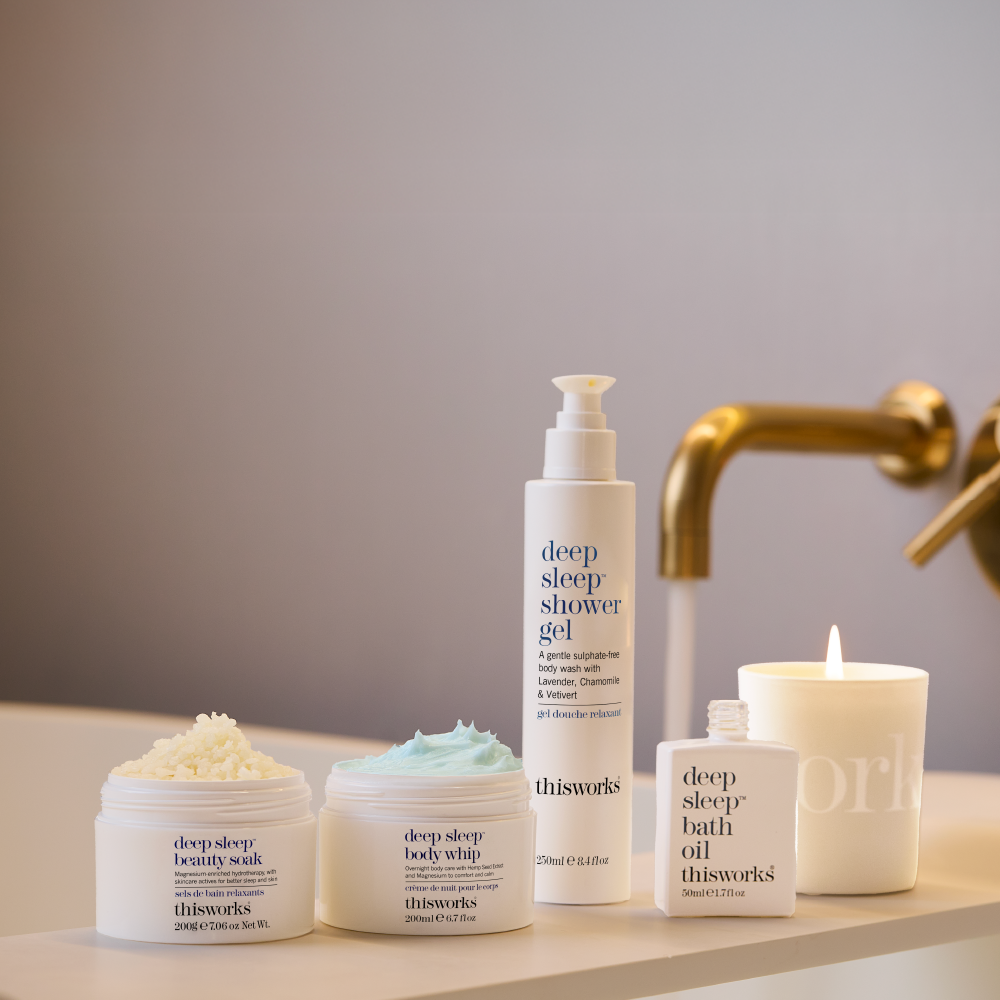
ref:
Integrated Analysis by GC/MS and 13C NMR of Moroccan Cladanthus mixtus Essential Oil; Identification of Uncommon Epoxyfarnesanes https://www.mdpi.com/2673-6918/3/2/28
Chamomile: A herbal medicine of the past with bright future - PMC https://pmc.ncbi.nlm.nih.gov/articles/PMC2995283/
Evidence for the involvement of the GABAergic, but not serotonergic transmission in the anxiolytic-like effect of bisabolol in the mouse elevated plus maze - PubMed https://pubmed.ncbi.nlm.nih.gov/28730280/
Effect of inhalation of chamomile oil vapour on plasma ACTH level in ovariectomised rats under restriction stress - PubMed https://pubmed.ncbi.nlm.nih.gov/8889052/
Frontiers | Metabolic Products of Linalool and Modulation of GABAA Receptors https://www.frontiersin.org/journals/chemistry/articles/10.3389/fchem.2017.00046/full
Aromatherapy: evidence for sedative effects of the essential oil of lavender after inhalation - PubMed https://pubmed.ncbi.nlm.nih.gov/1817516/
Inhaled linalool-induced sedation in mice] - PubMed https://pubmed.ncbi.nlm.nih.gov/18824339/
Essential Oils and Their Constituents Targeting the GABAergic System and Sodium Channels as Treatment of Neurological Diseases https://www.mdpi.com/1420-3049/23/5/1061
Sedative effects of vapour inhalation of the essential oil of Microtoena patchoulii and its related compounds - PubMed https://pubmed.ncbi.nlm.nih.gov/21287406/
Modification of sleep-waking and electroencephalogram induced by Vetiver essential oil inhalation - PMC https://pmc.ncbi.nlm.nih.gov/articles/PMC4805151/
